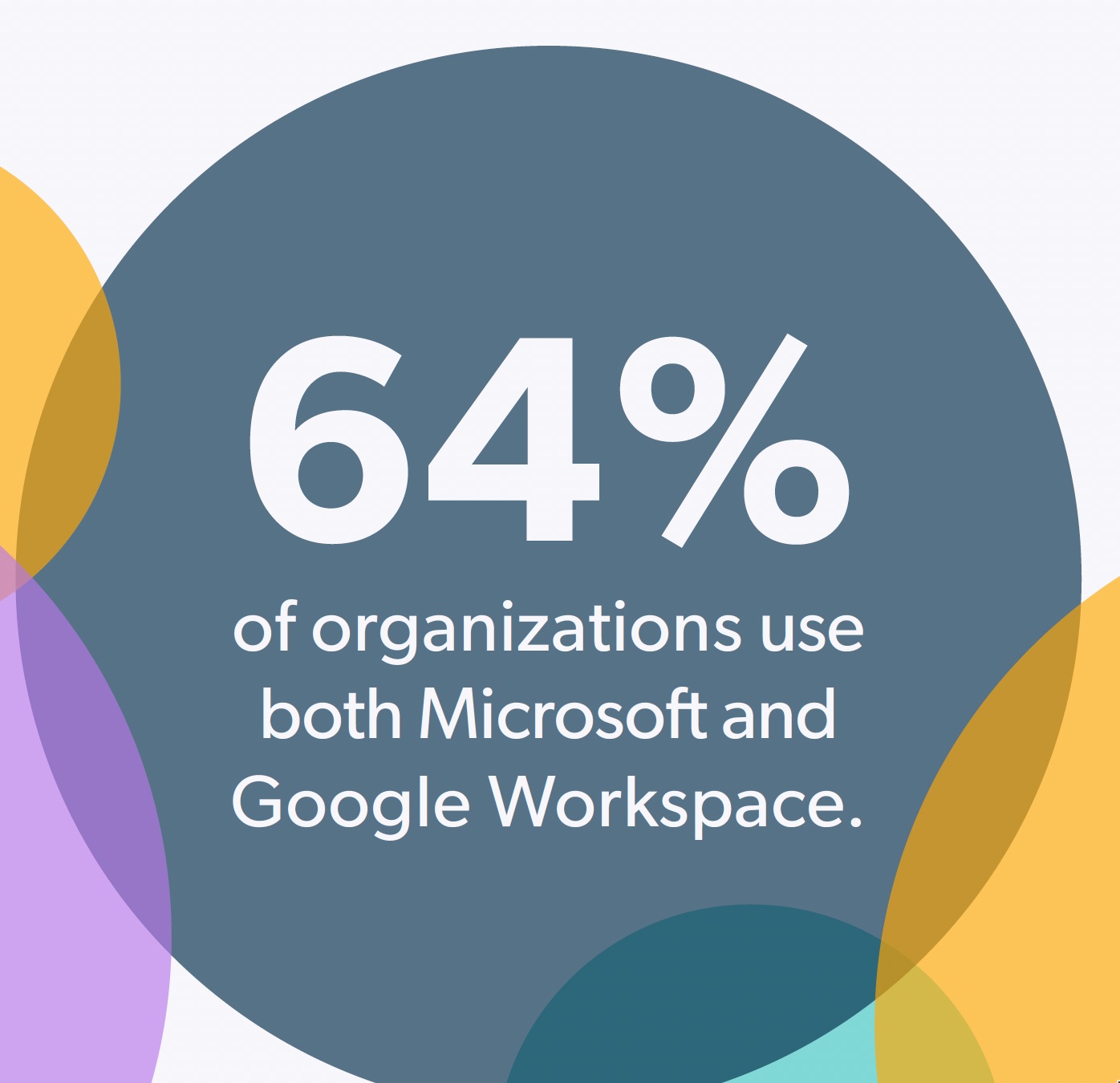For years, a simple formula has worked for Managed Service Providers – build your stack around Microsoft. From Windows Server and Exchange in the early days to the powerhouse that is Microsoft 365 today, it has been the safe, reliable, and profitable path. You’ve built your expertise, your team is certified, and your clients understand it. It’s a model that has served you and the SME world incredibly well.
Then, you get the call. It’s from a promising new lead, a fast-growing startup or a new business owner. and they ask a simple question:
“Do you support Google Workspace?”
For a Microsoft-focused MSP, that question can feel like a roadblock. But it shouldn’t be. That question isn’t a problem, it’s a sign of a major shift in the IT landscape. It’s an opportunity in disguise.
In this article, we’ll explore why this shift is happening, what it means for your MSP, and how you can strategically add Google Workspace to your service portfolio to not only retain clients but also capture a new and growing segment of the market.
The Changing of the Guard: Why Google Workspace is on the Rise
If it feels like you’re hearing about Google Workspace more often, you are. This isn’t a fluke, it’s a trend driven by a new generation of business owners and employees.

Think about it, for the last decade, millions of students have been graduating from schools where they’ve used Gmail, Google Docs, and Google Drive every single day. For them, real-time collaboration isn’t a feature, it’s the default way to work. They are now starting businesses and joining the workforce with a strong preference for these cloud-native tools.
This is especially true in the startup and SMB ecosystem. New, agile businesses are “born in the cloud” and often choose Google Workspace from day one. They see it as simple, cost-effective, and built for the modern, collaborative, work-from-anywhere world.
The Microsoft-Only MSP’s Crossroads
When a client or prospect is committed to Google Workspace, a Microsoft-only MSP is faced with a difficult choice.
- The “No, we don’t support that” Problem: You can simply say no and turn away the business. In a competitive market, can you afford to let a perfectly good client walk away simply because of their preferred productivity suite?
- The Friction of Forced Migration: You can try to convince them to migrate to Microsoft 365. But think about the client’s perspective. You’re asking them to abandon the tools they know and love for a platform they may not want. This process can be complex, costly, and create a lot of friction before you’ve even started the relationship.
- The Risk of “Shadow IT”: Even in companies that are standardized on Microsoft, you’ll find teams using Google Docs and Sheets on the side for quick collaboration. When you ignore this, you’re missing a key part of your client’s IT environment, which can lead to data security and compliance risks.
The Untapped Opportunity: Adding Google Workspace to Your Portfolio
Here’s the good news, you don’t have to choose between turning away clients and forcing difficult migrations. The most forward-thinking option is to adapt and add Google Workspace to your stack.
This isn’t about replacing Microsoft, it’s about expanding your capabilities.
- Create New Revenue Streams: Google Workspace can be an additional source of recurring revenue. You can profit from the licenses, but more importantly, from the management, security, and support services you wrap around it.
- Widen Your Addressable Market: By supporting both major platforms, you instantly become a viable option for a much larger pool of potential clients. You are no longer defined by your toolset but by your ability to solve IT problems.
- Become a True Technology Advisor: The best MSPs don’t just push a single product. They listen to their clients’ needs and support the best solution for them. Offering both platforms elevates your status from a simple reseller to a strategic technology partner, building deeper trust and long-term value.
Making Google Workspace Enterprise-Ready: The Missing Piece of the Puzzle
Of course, there are legitimate reasons why MSPs have been hesitant to adopt Google Workspace. Historically, it lacked the robust device management, directory control, and security features that are built into the Microsoft ecosystem. Managing a Google-based client often meant you couldn’t offer the same level of security and control.
That’s where a cloud directory platform comes in.
Tools like JumpCloud act as a central bridge, allowing you to deliver the enterprise-grade services your clients need, regardless of whether they use Microsoft 365 or Google Workspace. It fills the gaps, enabling you to:
- Centralize Identity Management: Give users one set of credentials to access all their resources.
- Manage All Devices: Secure and enforce policies on Windows, macOS, and Linux devices from a single, multi-tenant portal.
- Enhance Security: Easily deploy multi-factor authentication (MFA), conditional access policies, and password management to keep your clients secure.
By pairing Google Workspace with a cloud directory, you can offer a best-of-both-worlds solution: the collaborative freedom your clients love, with the enterprise-grade security and management you require.
Don’t Fear the Change! Embrace It
The demand for Google Workspace isn’t going away. It’s a fundamental shift in how a new generation works. For MSPs, this represents a fork in the road. You can stick to the familiar path and risk becoming obsolete, or you can expand your services to meet the market where it’s headed.
By embracing this change, you can capture new revenue, build stronger client relationships, and future-proof your business for years to come.
I might recommend you check out this on-demand webinar during which we discuss actionable insights you can use to conquer IT complexity for your MSP. Because, like it or not, complexity isn’t going away.
But you can design systems that help you manage it at scale.





